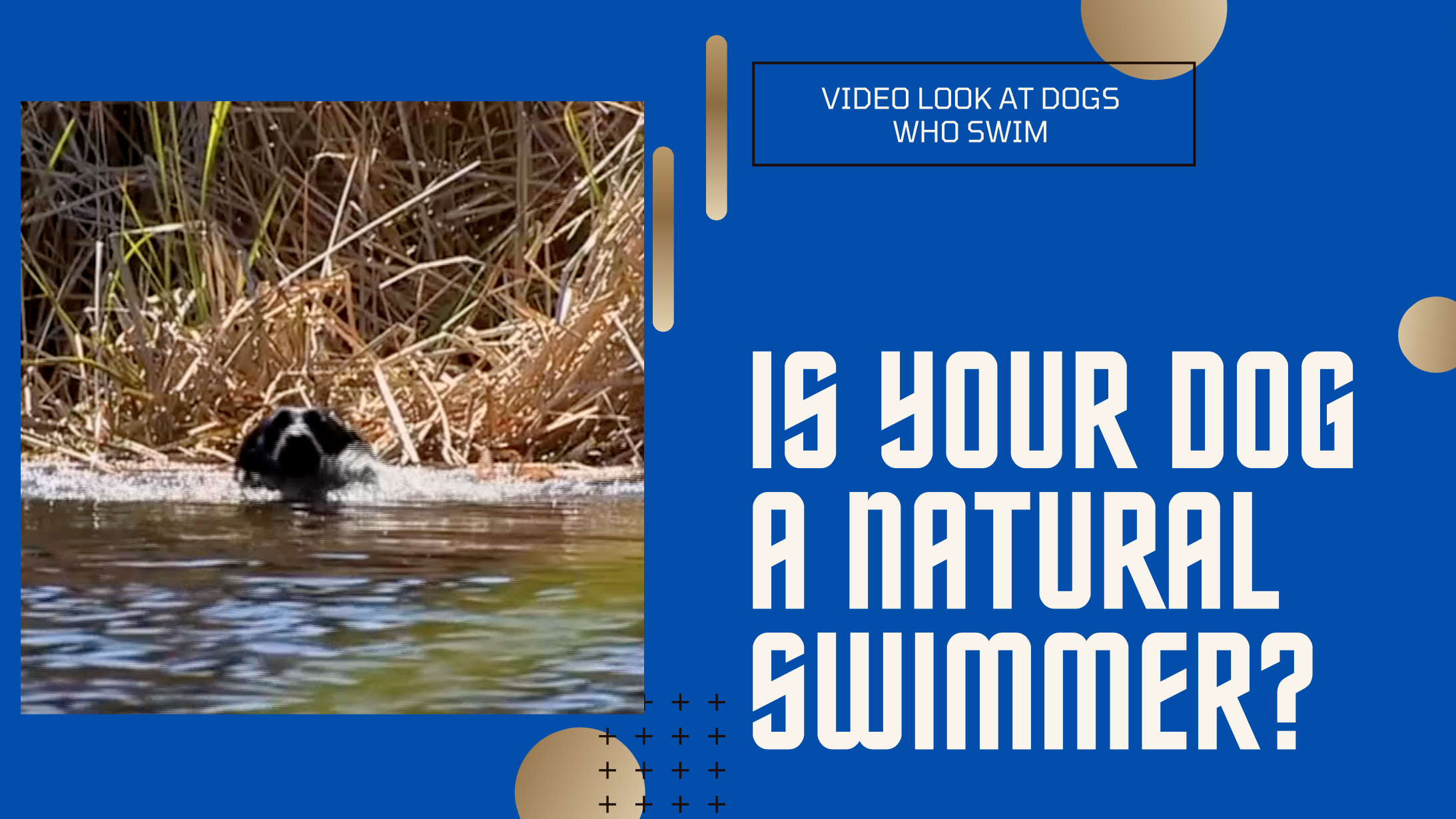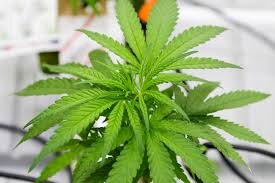Dogs at Full Gait
The Hidden Science of How Dogs Run
Who was photographer Eadweard Muybridge, and what secrets about animals did he uncover?
Well, in 1878 he is credited with discovering the “footfall pattern” of horses and other animals in scientific studies called “The Horse In Motion, and Animal Locomotion.” His story is well known by many artists and photographers because The Horse in Motion and his other photo experiments would live on to become the precursor to the Kinetoscope and ultimately the Hollywood movies we know today.
Image by Eadweard Muybridge
Muybridge’s work on motion study grew intense in 1872 when experienced horsemen at the time wanted to know whether a horse’s hooves all the leave the ground at the same time during a gallop. Muybridge accepted the challenge to find out, but it would take him years to figure out how to capture a horse’s gallop using photography, a relatively new medium at the time.
After some experimentation Muybridge used multiple cameras that were triggered by a galloping horse. Muybridge proved that a horse’s hooves do leave the ground completely at the same time in a gallop. He used a Victorian-era science called chronophotography to bring his evidence to the world.
So what does this have to do with dogs? Well, Muybridge also photographed a racing hound running. It was part of his experimentation called Animal Locomotion. I was curious too.
I first saw his series of photographs while a photography student in college. What he was trying to prove is the “footfall pattern.” The footfall pattern is a blur with the naked eye. But he could see the pattern with his photography.
What I understand now by studying my video archives of dogs running (much less scientific) is that dogs experience similar footfall patterns to a horse, but not exact. Technically, experts say, while dogs “have a period of suspension where all four paws are off the ground, it's not a lift of all the legs at once.” In other words, dogs do get “airborne” when running at speed, and all legs do leave the ground. But that’s where any similarity stops.
To be more specific, a “footfall pattern” is actually the timing of the legs touching then leaving the ground. The gallop of a horse uses a four-beat gait where the horse's legs move in a sequence, with a brief moment of suspension between beats. The footfall pattern of a horse is a transverse gallop, opposed to a dog’s rotary gallop.
The unique structure of each animal is the reason why gallops are different. Dogs use the rotary gallop mostly because it allows them to make quicker turns at speed, according to sources. I wonder why? Is it because dogs evolved from wolves, the ultimate predators, and needed to make quick changes in direction chasing down prey? Maybe.
According to Showsight Magazine, a dog runs by starting with the two rear feet on the ground, with one rear foot slightly ahead of the other. As the rear spine extends the front legs then hit the ground in a similar manner, one front leg slightly ahead of the other. This creates the forward movement of the dog. It then transitions to the rear legs to start the process again.
By editing a video clip of a sporting dog in action and slowing down the footage you can clearly see how a dog propels itself in a gallop. Again, similar to a horse, but not exact. To learn more about his white hound experiment click here.



























